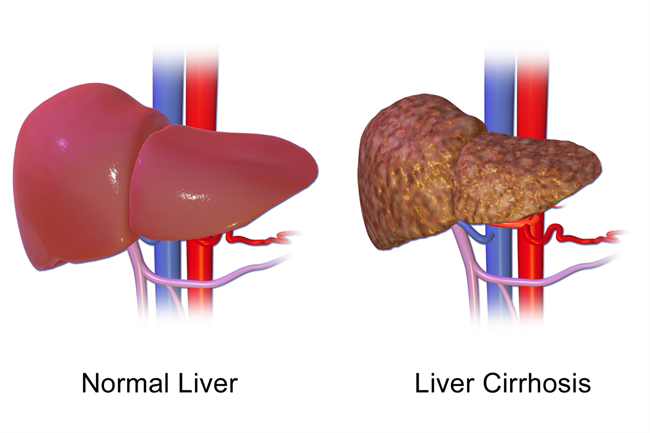 English
English

According to the study, acetaminophen, a common pain reliever, is the leading cause of acute liver failure.

Washington D.C: Turns out, acetaminophen, a common pain reliever, is the leading cause of acute liver failure.
In the liver, acetaminophen is converted into a new compound that covalently binds to proteins at an amino acid called cysteine. These covalent binding events are known to contribute to the toxicity of acetaminophen, but they cannot fully account for its role in the liver failure. The compound is known to impair the activity of mitochondria, the cell's energy supplier, but does not bind directly to some of the enzymes in mitochondria whose activity it affects.
Also Read: Choose beer over paracetamol for pain relief
Researchers at the National University of Singapore have found a new way that how the breakdown product affects proteins in the liver.

Researchers examined glutathionylation, a post-translational modification made to cysteine residues, in response to acetaminophen toxicity. They reported a new proteomic approach to isolate and identify glutathionylated proteins and applied it in cells treated with acetaminophen. They also found that an acetaminophenbreakdown product can cause glutathionylation, suggesting a new mechanism for the damage the drug causes.
Also Read: Did you know? E-cigarettes can harm your liver

Usually, glutathione is added to cysteine residues to protect them from damage by oxygen under stressful conditions. Researchers showed that acetaminophen and its breakdown product activate glutathionylation in a dose-dependent way. The modification affects proteins involved in mitochondrial fuel uptake and energy production, leading to metabolic dysfunction and other effects linked to acetaminophen toxicity. This research helps explain the drug's toxicity at high doses, especially among enzymes that are impaired by acetaminophen treatment without binding directly to the drug or its metabolites.
The findings appeared in the Journal of Molecular & Cellular Proteomics. (ANI)